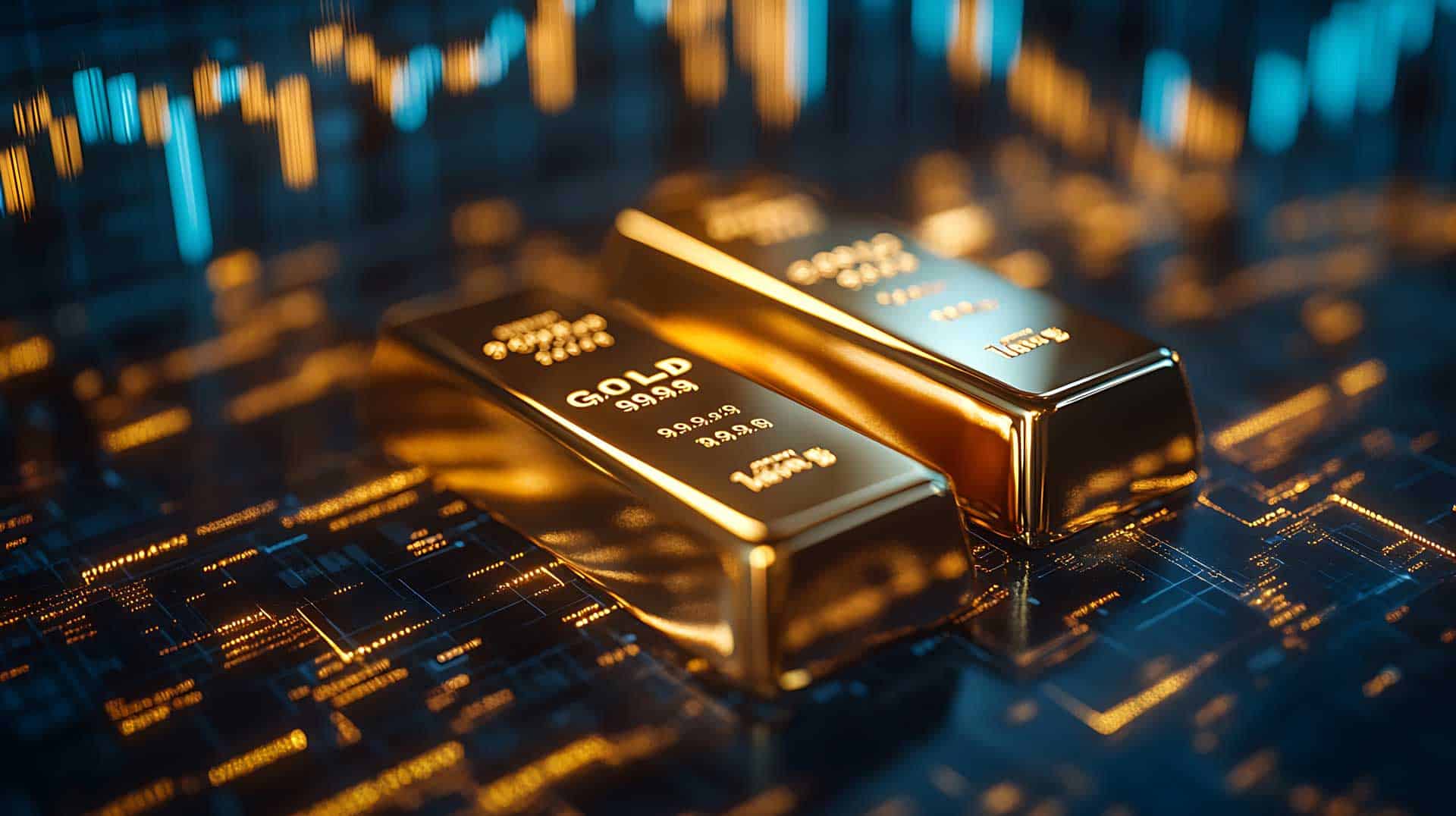Gold in Financial Markets: The Ultimate Safe Haven Asset:
Gold has held a unique place in the financial markets for centuries, revered as a store of value and a symbol of wealth. Its appeal transcends cultures and geographies, making it one of the most sought-after commodities in the world. In modern financial markets, gold plays multiple roles: as an investment, a hedge against inflation, a portfolio diversifier, and, most importantly, a safe haven during economic uncertainty.
The Role of Gold in Financial Markets:
1. Store of Value
Gold has been used as a store of value for millennia. Unlike fiat currencies, which can be devalued through inflation or policy decisions, gold's value remains relatively stable over the long term. Its scarcity and physical durability make it a reliable asset for preserving wealth.
2. Hedge Against Inflation
Gold is often seen as a hedge against inflation. When the purchasing power of fiat currencies erodes due to rising prices, gold tends to retain its value. Investors flock to gold during inflationary periods, driving up its price as they seek protection from diminishing currency value.
Reserve Diversification: As part of its long-term strategy, China is focused on diversifying its reserves away from the U.S. dollar. Gold is a critical component of this diversification effort due to its historical role as a safe-haven asset.
3. Portfolio Diversifier
Gold's price movements often differ from those of traditional assets like stocks and bonds. This negative or low correlation makes it an effective tool for portfolio diversification, reducing overall risk and enhancing long-term returns.
4. Speculative Investment
Gold is also traded as a speculative investment. Its prices are influenced by supply and demand dynamics, geopolitical tensions, central bank policies, and global economic conditions. Traders and investors buy and sell gold to capitalize on price fluctuations.
Gold as a Safe Haven Asset:
1. Stability During Market Crises
Gold is often sought after during financial crises, recessions, or stock market crashes. When equities decline, investors move their funds into gold, viewing it as a safer alternative. For instance, during the 2008 financial crisis and the COVID-19 pandemic, gold prices surged as uncertainty roiled global markets.
2. Hedge Against Currency Weakness
Gold's value is inversely related to the strength of the U.S. dollar. When the dollar weakens due to monetary easing or economic instability, gold prices typically rise. This makes gold a valuable hedge against currency depreciation.
3. Protection Against Geopolitical Risks
Geopolitical tensions, such as wars, trade conflicts, or political instability, often drive investors toward gold. Unlike stocks or currencies tied to specific economies, gold's value is not directly influenced by a single country's performance, making it a globally trusted refuge.
Several factors influence the price of gold in financial markets:
Interest Rates: Gold has no yield, so its opportunity cost rises when interest rates are high. Conversely, low or negative interest rates make gold more attractive.
Inflation Expectations: As a hedge against inflation, gold prices often rise in tandem with inflationary pressures.
Central Bank Policies: Central banks are significant holders of gold. Their buying or selling activity can impact global gold prices.
Gold in the Modern Financial System:
1. ETFs and Derivatives
Gold's accessibility has expanded in modern markets through exchange-traded funds (ETFs) and derivatives. ETFs like SPDR Gold Shares (GLD) allow investors to gain exposure to gold without owning the physical metal. Futures and options provide additional ways to trade on gold price movements.
Gold remains a cornerstone of central bank reserves. Countries like the United States, Germany, and China hold significant gold reserves to safeguard their financial systems against currency fluctuations or global economic instability.
3. Digital Gold
The rise of digital platforms has made it easier for individuals to buy fractional shares of gold, enhancing its accessibility and popularity among retail investors.
Geopolitical Events: Uncertainty stemming from geopolitical events often leads to a surge in demand for gold.
Demand from Jewelry and Industry: Physical demand for gold, particularly from countries like India and China, plays a substantial role in its price dynamics.
The Debate: Gold vs. Other Safe Havens:
While gold is a trusted safe haven, it competes with other assets, such as:
Government Bonds: U.S. Treasury bonds are considered ultra-safe assets. However, their yields can be affected by inflation and interest rate changes, unlike gold.
Cryptocurrencies: Bitcoin has been touted as "digital gold," though its extreme volatility and shorter history make it less reliable as a safe haven.
Currencies: The Swiss franc and Japanese yen are often seen as safe-haven currencies during crises.
Gold's enduring appeal lies in its historical track record, physical tangibility, and universal recognition as a valuable asset.
Key Considerations for Investors:
Volatility: While gold is a safe haven, its prices can still experience short-term volatility driven by market sentiment and speculative trading.
Storage and Security: Physical gold requires secure storage, adding to its cost. This makes paper gold (ETFs) a convenient alternative for many investors.
Long-Term Perspective: Gold is most effective as a long-term investment or hedge, rather than a short-term speculative play.
Conclusion:
Gold remains a cornerstone of financial markets, offering stability, protection, and diversification. Its role as a safe haven asset makes it particularly valuable during times of uncertainty, when traditional assets may falter. For investors, understanding gold's unique characteristics and its interplay with broader market dynamics is essential for building a resilient and balanced portfolio. Whether held as physical bullion, through ETFs, or as part of central bank reserves, gold continues to shine as a timeless asset in the modern financial landscape.



